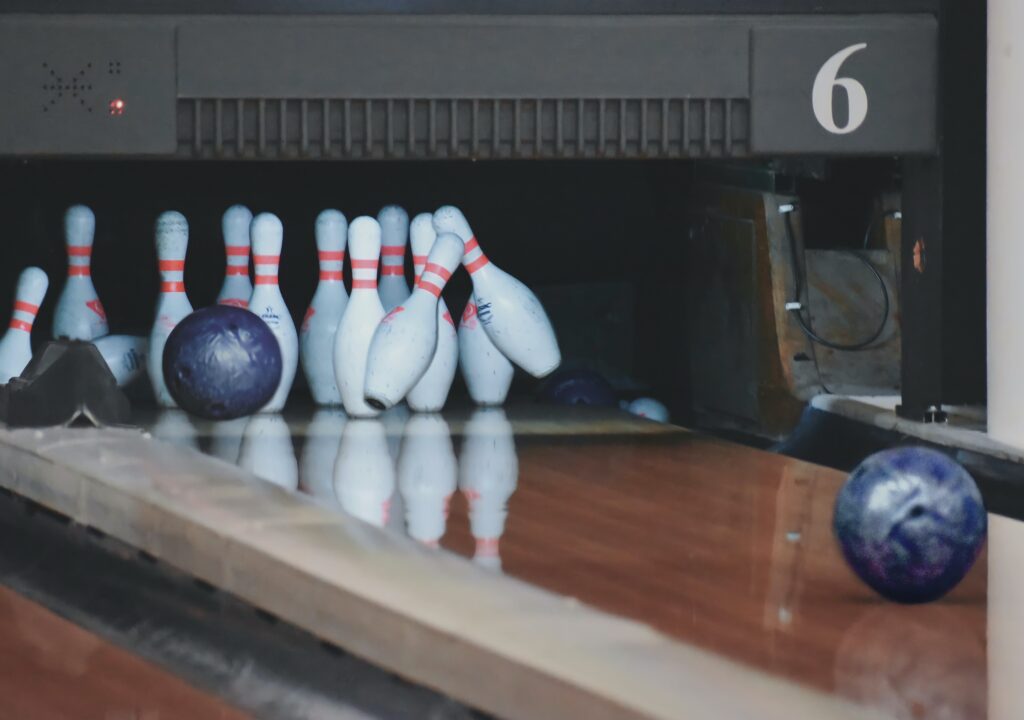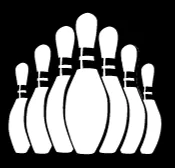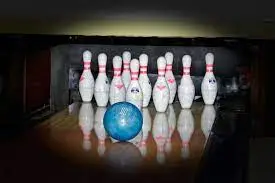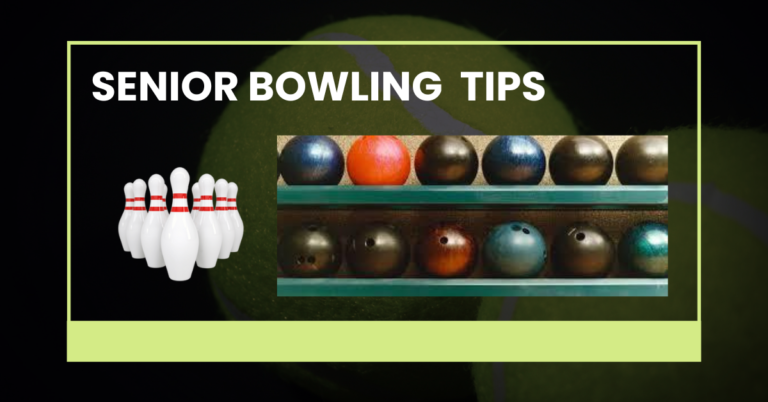Explore Bowling Tips For Beginners
Are you new to bowling? Bowling Pin Setup looks easy when the pros effortlessly toss strikes, but for beginners, bowling can be frustrating. However, with some bowling Tips For Beginners, new bowlers can quickly improve their skills. This comprehensive guide will teach you pro-level bowling tips to refine your approach, aim, release, and more. With these bowling fundamentals, you’ll be rolling strikes in no time. Now I have to share some important bowling tricks and bowling strategies.
Bowling is an exciting sport that combines physical skill and mental focus. It’s also super social and fun! If you’re just starting, don’t get discouraged. Knocking down all ten pins for a strike seems impossible at first. However, you can transform your game by mastering a few basics.
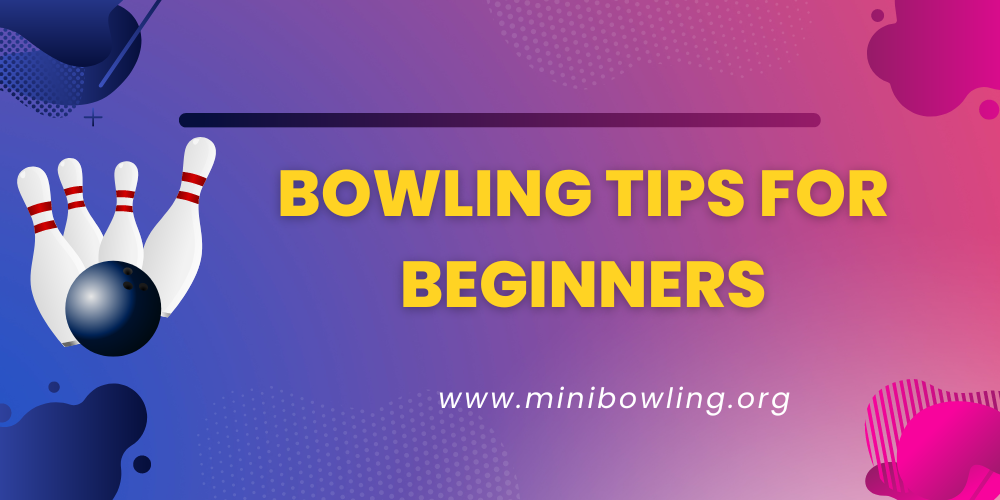
Bowling Tips For Beginners

Grip The Ball Correctly
The first step is learning proper ball grip. Place your thumb first, then your middle and ring fingers evenly spaced for balance. The thumb and middle finger should line up with the finger holes directly across from each other. Relax your grip to avoid squeezing the ball. The ball should drop easily off your hand during the swing.

Use a 3-4 Step Approach
Serious bowlers use a 5-step approach, but beginners should start with 3-4 steps. Start with the ball at your side. Take your first step with the opposite foot of your bowling hand. For example, right-handed bowlers start with the left foot. Keep your shoulders square and head up during the approach. On the last step, slide your front foot smoothly towards the foul line.

Keep Your Arm Close to Your Body
A tight arm swing is key for accuracy. As you push the ball forward, keep your elbow close to your body. Bend at the elbow, not the wrist. At the release, the arm should make a straight line to the lane with a high elbow. This prevents gutter balls from an outside swing.
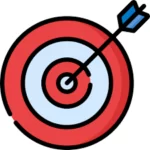
Target the Arrows for Aim
To aim accurately, start by locating the arrows – the dot’s markings about 15 feet down the lane. Stand with the corresponding arrow lined up with your shoulder. As you approach, keep your shoulder aligned with that arrow to release the ball over it. Adjust your starting position left or right to adjust aim.

Let Gravity Do the Work
Don’t muscle the ball down the lane. A proper release uses gravity, not power. As you release, think of your arm unhinging at the elbow versus actively throwing with your wrist and fingers. Lightly relax your thumb and fingers out of the holes. You should feel the ball’s weight and pull your arm and hand straight down.

Roll with a Curve
Throwing a straight ball looks natural but often leads to splits. For a strike-rolling hook, trace your arm in an arc shape as you swing. At release, rotate your hand slightly so your thumb faces out rather than down. This rotation or “turn” makes the ball curve towards the pocket at an angle.
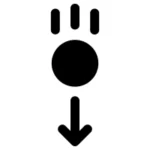
Target Different Arrows Based on Oil
Depending on lane oil patterns, you must adjust your starting position and angles. For lightly oiled lanes, stand further left and target the first arrow. On heavily oiled lanes, move right and aim between the second and third arrows. Reading oil patterns takes experience but this is a good starting guide.

Practice a Pre-Shot Routine
Having a routine builds consistency. As you approach, visualize your shot: the number of steps, swing, release, and arrow target. Take a breath as you line up your shot to focus. Mimicking the pre-shot routine of pro bowlers trains your mind and body to repeat accurate shots.

Invest in Your Own Ball and Shoes
Using house balls limits your consistency due to fit and limited weight options. Get a custom bowling ball drilled for your hand size and preferred weight. Bowling shoes provide slide control and stability. Your own personalized gear makes a big difference.

Take Lessons from a Pro
Even one session with an instructor can quickly improve your skills. A coach will analyze your approach, release, footing, and target accuracy. You’ll receive personalized drills and tips to build a proper foundation. Investing in lessons sets you up for success.
Summary of Bowling Tips For Beginners
In summary, bowling is an incredibly rewarding sport at any age or skill level. Apply these ten simple tips consistently. Practice as much as possible. Before long, you’ll be rolling strikes like a seasoned veteran! Most importantly, stay relaxed and soak up the fun, social atmosphere. Every game provides another opportunity to improve your skills.
Short video about Bowling Tips
